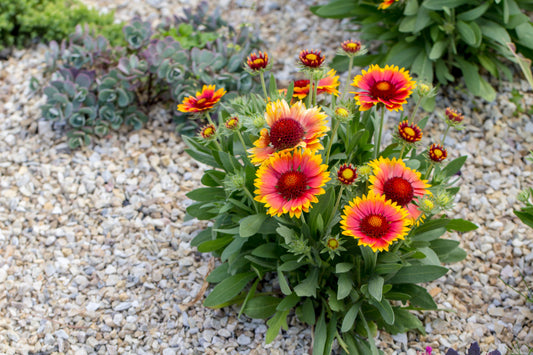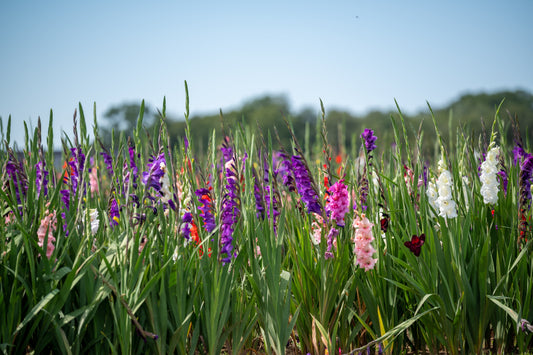Kiwi Planting & Growing Guide
Planting Guide Information
-
Bareroot: Crown 1-2 in. below soil line. Potted: At Soil Line. Mulch to keep soil cool.Planting Depth
-
8 ft. with strong vertical support; similar to grapes. Needs wind protection.Planting Proximity
-
SpringPlanting Season
-
Nutritious fruit!Plant Benefits
-
ModerateWater Quantity
-
Late Summer to Fall. Self-pollinator.Bloom Season
-
Full to Partial SunSunlight Quantity
-
Zones 4-7Hardiness Zones
Additional Growing Information
Where to Plant Kiwi
Plant Kiwi in full sun in well-draining soil. In areas with heavy clay or poor-draining soil, it’s best to plant in a large container or raised bed. Choose a spot where there is a trellis or other structure for the vine to climb up and room for it to spread out.
When to Plant Kiwi
Plant Kiwi in the spring when the danger of frost has passed.
How to Plant Kiwi
How to Grow Kiwi
- Water at least once a week, more often in warm weather; 1 in. of water at a time is a good estimate.
- Add a light mulch of compost to the surrounding soil to improve drainage, reduce evaporation, and keep competing weeds at bay.
- Apply a half-strength high-phosphorus fertilizer once in the spring and again in mid-summer. Avoid over-fertilizing, which will lead to lush growth but fewer blooms.
Kiwi Tips & Tricks
- Harvest the Kiwi fruit in the fall when they are juicy, the seeds are black, and the flavor is sweet-tart. Ripeness is best determined by tasting.
- Kiwi vines only fruit on new wood, so prune the vines when they are dormant to remove the branches that already bore fruit, as well as dead or broken branches.
- Prune the vines again in the summer when there are blossoms but the fruit hasn’t set yet. At that time, cut each branch back to just 4 to 6 leaves beyond the last blossom. This will prevent too-long branches from breaking with the weight of the fruit.
From the Family
-
 Sold out
Sold outGooseberry - Pixwell 2 Pack
2 Plants in Quart PotsRegular price $14.98Sale price $14.98 Regular priceUnit price per$29.95Sold out -
 Sold out
Sold outCherry - Easy as Pie 2 Pack
2 Plants in Quart PotsRegular price $24.99Sale price $24.99 Regular priceUnit price per$49.95Sold out -
 Sold out
Sold outHaskap Berry - Tundra 2 Pack
2 Plants in Quart PotsRegular price $24.99Sale price $24.99 Regular priceUnit price per$49.95Sold out -
 Sold out
Sold outBlueberry - Pink Lemonade 2 Pack
2 Plants in Quart PotsRegular price $21.98Sale price $21.98 Regular priceUnit price per$43.95Sold out -
 Sold out
Sold outBlueberry - Elliott 2 Pack
2 Plants in Quart PotsRegular price $21.98Sale price $21.98 Regular priceUnit price per$43.95Sold out








